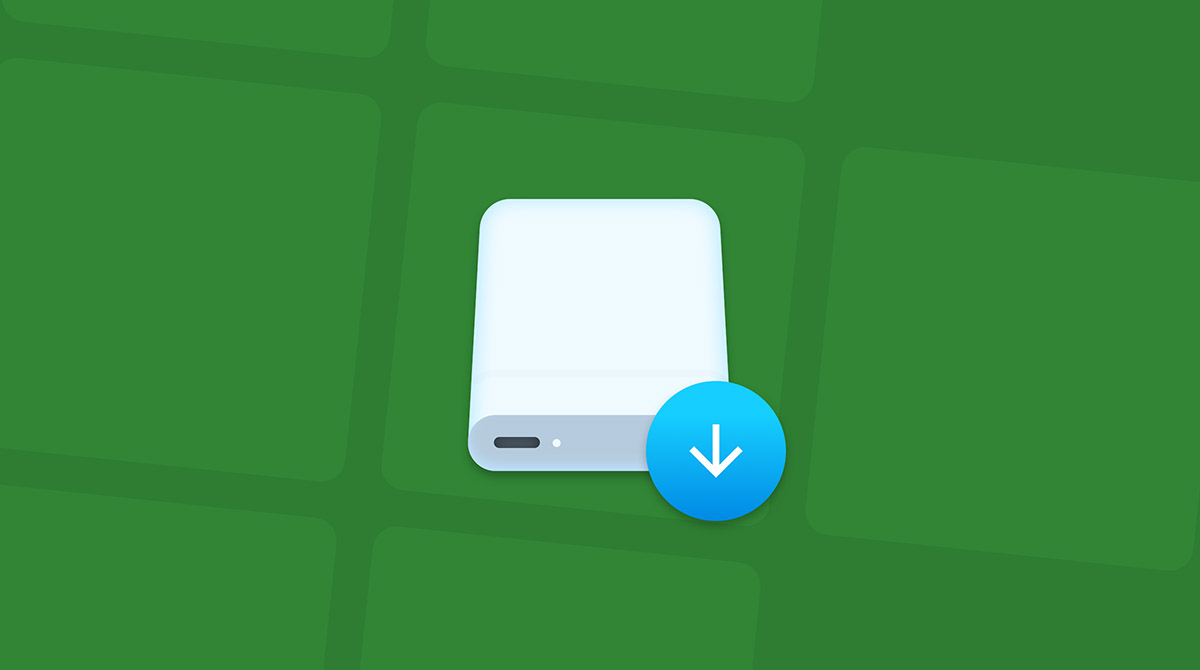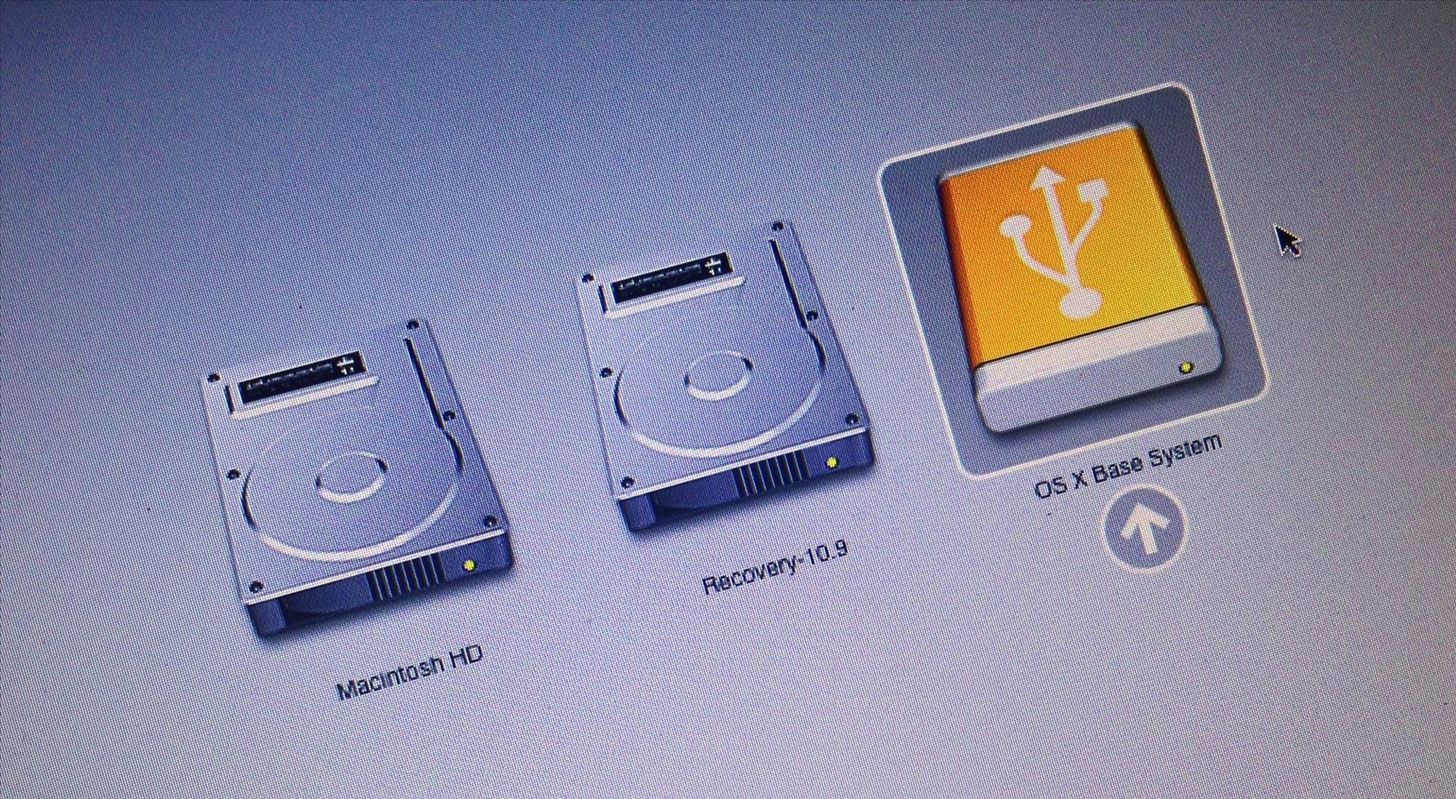

- #Bootable installer for mac os x install
- #Bootable installer for mac os x password
- #Bootable installer for mac os x download
Press the Return key on your keyboard to execute the command, and enter your admin password when requested. Sudo /Applications/Install OS X 10.10 Developer Preview.app/Contents/Resources/createinstallmedia – volume /Volumes/Untitled – applicationpath /Applications/Install OS X 10.10 Developer Preview.app – nointeraction Open Terminal from /Applications/Utilities and then enter the following command: Now that the Developer Preview’s preference file has been modified, we can complete the process of creating a bootable Yosemite USB installer with a simple Terminal command. Step 4: Create the Bootable Yosemite USB Installer with Terminal Change this to 1.4.1, and save the file, authenticating with an admin password if requested. The default value for this key, listed in the string below it, is 1.4.3. Open this file in your text editor of choice and find the line CFBundleShortVersionString. Then open the Contents folder and find ist.
#Bootable installer for mac os x install
Locate the Install OS X 10.10 Developer Preview.app file in your Applications folder, right-click, and choose Show Package Contents.

plist file in the Yosemite installer app. By default, the process of creating a bootable Yosemite USB installer via the method outlined in this article won’t work unless we make a slight change to a.

This is one step that consumers running the public Yosemite beta don’t have to worry about. Step 3: Modify the Yosemite Installer’s Preference File Note that this will erase all contents of the USB drive so, as mentioned above, be sure to back up any files on the drive or use a blank drive to begin with. Press Apply to restructure the USB volume with the new parameters.

Under Partition Information, change Format to Mac OS Extended (Journaled) and give the drive the name “Untitled” (this allows your drive to work with the Terminal commands below you can rename the drive when the process is complete). Then click Options, choose GUID Partition Table, and click OK to save the change. In the drop-down menu under Partition Layout, choose 1 to create a single new partition. This won’t work for Yosemite, so we need to change it. In our case, our drive is brand new and formatted as a FAT volume with a Master Boot Record partition scheme. The partition scheme and volume properties of your flash drive will vary depending on manufacturer and previous configuration. With the USB drive selected, choose the Partition tab on the right side of the window. Note that you want to select the drive and not the volume. We’re using a SanDisk Cruzer flash drive, so in our case we choose 8 GB SanDisk Cruzer Media and not the default “No Name” volume. In Disk Utility, select the USB flash drive from the list on the left. Plug the drive into a Mac running OS X 10.7 Lion or higher and launch Disk Utility from the /Applications/Utilities folder. While it’s possible to create a separate partition for the Yosemite USB installer, it’s safest and easiest to use an empty drive or one that you don’t mind erasing. Grab a USB flash drive that’s at least 8GB in size.
#Bootable installer for mac os x download
It will also launch the Yosemite installer app when the download completes. This will put a file called Install OS X 10.10 Developer Preview.app in your /Applications folder. Step 1: Obtain the Yosemite Developer Preview Installerĭownload the OS X Yosemite Developer Preview installer from the Mac App Store.


 0 kommentar(er)
0 kommentar(er)
